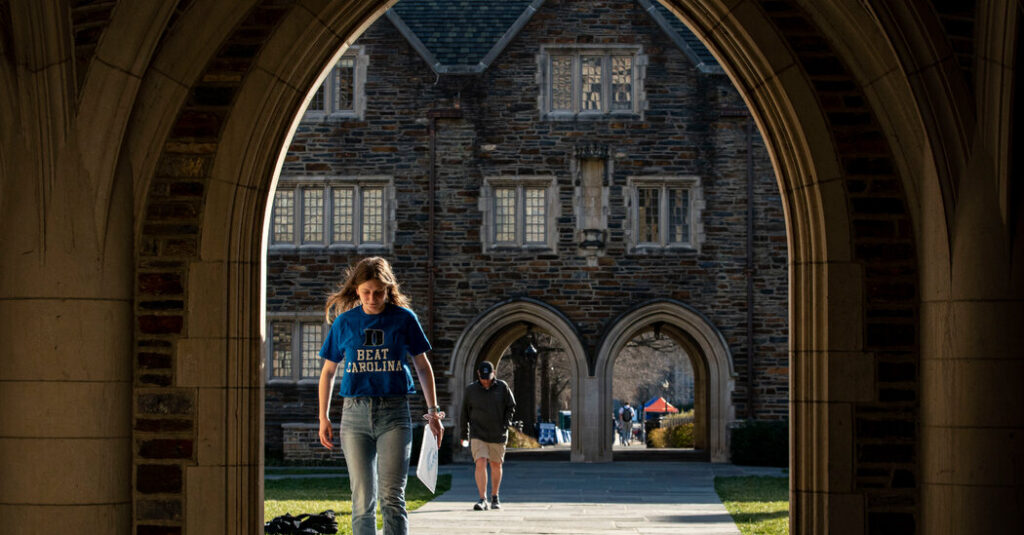
CHICAGO – Public universities across the Midwest are set to increase tuition fees for out-of-state students as Florida institutions consider similar measures for the first time in over a decade. This move comes amid a wave of financial challenges, with prominent institutions like Cornell and Duke contemplating layoffs. The University of Minnesota has already announced plans to cut hundreds of jobs while also raising undergraduate tuition by up to 7.5%.
Immediate Impact on Higher Education
The timing of these financial adjustments is particularly significant as the nation prepares to welcome what could be the largest freshman class in history. Political and economic forces are placing unprecedented pressure on higher education budgets. Schools are contending with minimal increases in state funding, unpredictable economic forecasts, and potential federal budget cuts spearheaded by Republicans in Washington.
Key Details Emerge
Students and employees nationwide are bracing for the impact. While the specific consequences will differ from one institution to another, administrators warn that many students may face higher tuition bills, faculty positions could be eliminated, academic programs might be discontinued, and support services reduced.
By the Numbers
- 7.5%: Increase in undergraduate tuition at the University of Minnesota
- 2012: Last year Florida schools raised out-of-state tuition
- Hundreds: Number of job cuts announced by the University of Minnesota
Industry Response
The announcement comes as educational institutions nationwide are grappling with the dual challenges of maintaining quality education while managing financial sustainability. According to sources familiar with university operations, the current economic climate is forcing many to reassess their financial strategies.
Expert Analysis
Education policy expert Dr. Susan Reynolds notes, “The financial pressures on universities are mounting, and without significant intervention, we may see a reshaping of the higher education landscape. Institutions are being forced to make tough decisions that could impact students and faculty alike.”
Background Context
This development builds on a history of financial struggles within the higher education sector. The timing is particularly significant because universities are still recovering from the financial strains imposed by the COVID-19 pandemic, which saw a decrease in enrollment and increased operational costs.
What Comes Next
Looking ahead, universities are exploring various strategies to mitigate the financial impact, including partnerships with private enterprises, increased fundraising efforts, and potential curriculum adjustments to attract more students. The move represents a significant shift from traditional funding models and highlights the need for innovative solutions.
As the situation continues to evolve, stakeholders in the education sector will be closely monitoring the implications of these financial decisions. The future of higher education may well depend on the ability of institutions to adapt to these economic challenges while continuing to provide quality education.






